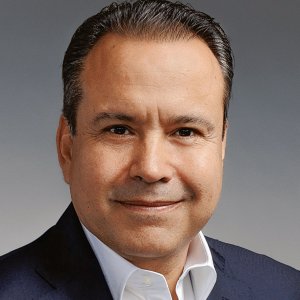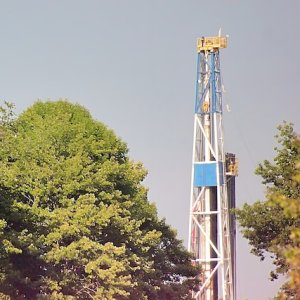Mexico Green Building Council Pushes LEED

STORY INLINE POST
Q: The Mexico Green Building Council (MGBC) was created based on the model of its US counterpart. How was this model adapted to the Mexican reality?
A: The MGBC was founded as a member of the World Green Building Council (WGBC), of which the US Green Building Council (USGBC) happens to be the most successful organization. We share the common goal of market transformation with our US allies, but the MGBC adapts and takes care of the priorities of the Mexican market with the specific tools it needs. One of these tools is LEED certification. Until recently, Mexico did not have a national norm or ratings system so LEED was adopted. It has become an important way of driving this market toward energy efficiency and sustainability.
Q: How have you raised awareness about the need to establish green building practices in Mexico?
A: In 2006 we launched the first International Green Building Congress in Monterrey, with 2,500 attendees from 26 countries. In 2011 we held another international congress on sustainable building in Mexico City, with a far larger scope. You can see the evolution in our goals between the two events. In 2006, our focus was on spreading information about what sustainability means for industry and for institutions. But in 2011, we were way past that and had moved on from basic issues to sharing best practices in public policy for sustainable building in Latin America.
Q: What are the main challenges the MGBC faces in spreading its message in Mexico?
A: We have identified three main challenges in achieving the advancement of sustainable construction in Mexico. The first is dealing with education: most of the decisionmakers had not been exposed to such projects before, so it was hard to push them to change. The second is the regulatory framework: when norms are not engineered to promote green construction, they become a major obstacle to any sustainable real estate or housing developments. In recent years, the government has realized this issue and has created new norms to enhance green building. The third concerns the financial challenges: without access to money it does not matter if you have the right knowledge and the right regulations in place, you cannot invest to improve your systems or equipment. In green construction, you have to invest more up front and get your results afterwards from energy savings or by having a lesser environmental impact. These three challenges are common to many countries and have been addressed by Green Building Councils worldwide.
Q: How are you helping to spread LEED throughout the country beyond the main urban centers?
A: By definition, LEED recognizes the merits and the efforts of higher performance buildings. This certification should be attained only by the top green building projects. Since it was originally designed for North America, any LEED-certified project around the world should be at a comparative level to the environmental and energy performance of top buildings in the US. However, LEED is now localizing to different countries so as to be implemented in a less burdensome manner. This does not mean that its requirements will be compromised, but if local norms are as stringent as LEED we will understand and respect their equivalence. In 2005, the federal government itself expressed concerns that the impact of LEED’s international requirements would dilute national norms. But this new strategy should help LEED get better recognition around the country, as authorities see that it is promoting the enforcement of local regulations.
Q: What was the tipping point that led to LEED taking off in Mexico?
A: Iconic projects built in Mexico, such as the HSBC Tower, helped spread awareness among stakeholders. Both transnational companies and leaders in the domestic industry decided to go green in their real estate investment as understanding about sustainability spread. Companies wanted to fulfill their CSR promises regarding the way they operate their businesses, including their offices and warehouses, and they knew about the success LEED had had in the US and abroad. Some of them started their own internal assessment mechanisms, as they felt LEED was not the best tool for addressing their challenges in making energy and environmental progress, but many others did not think twice and opted to use LEED for all their new properties.






















